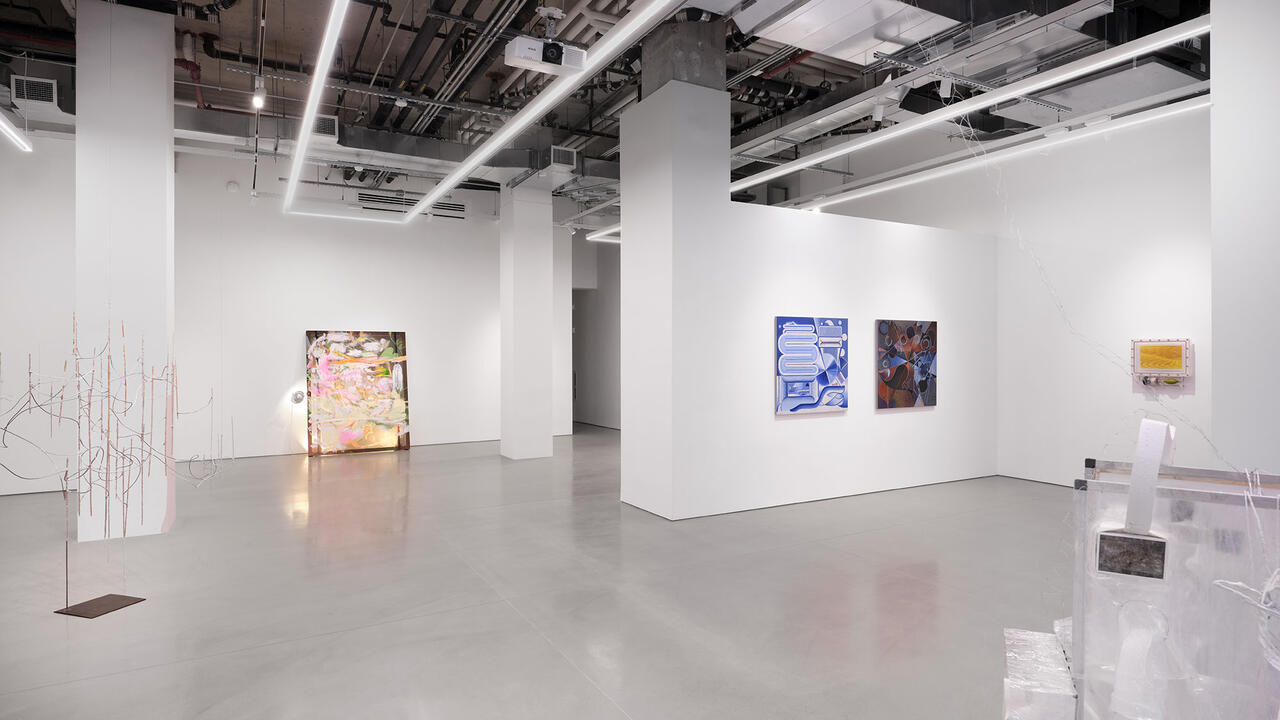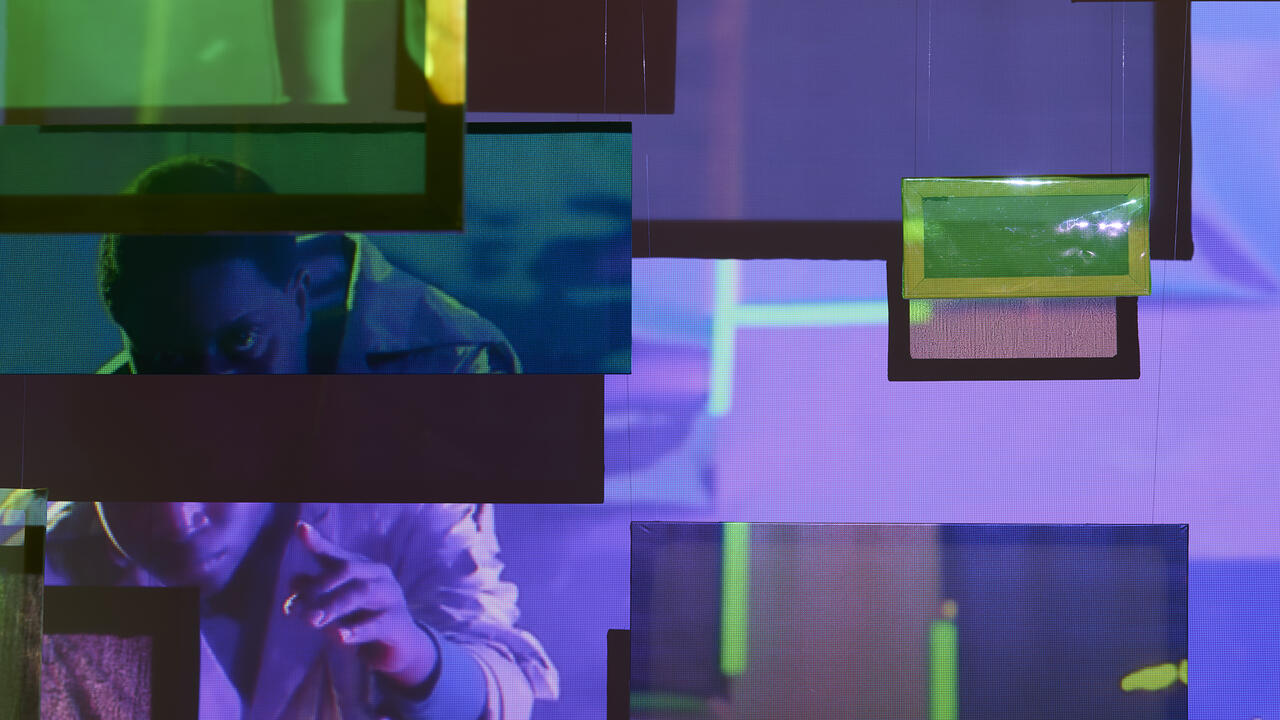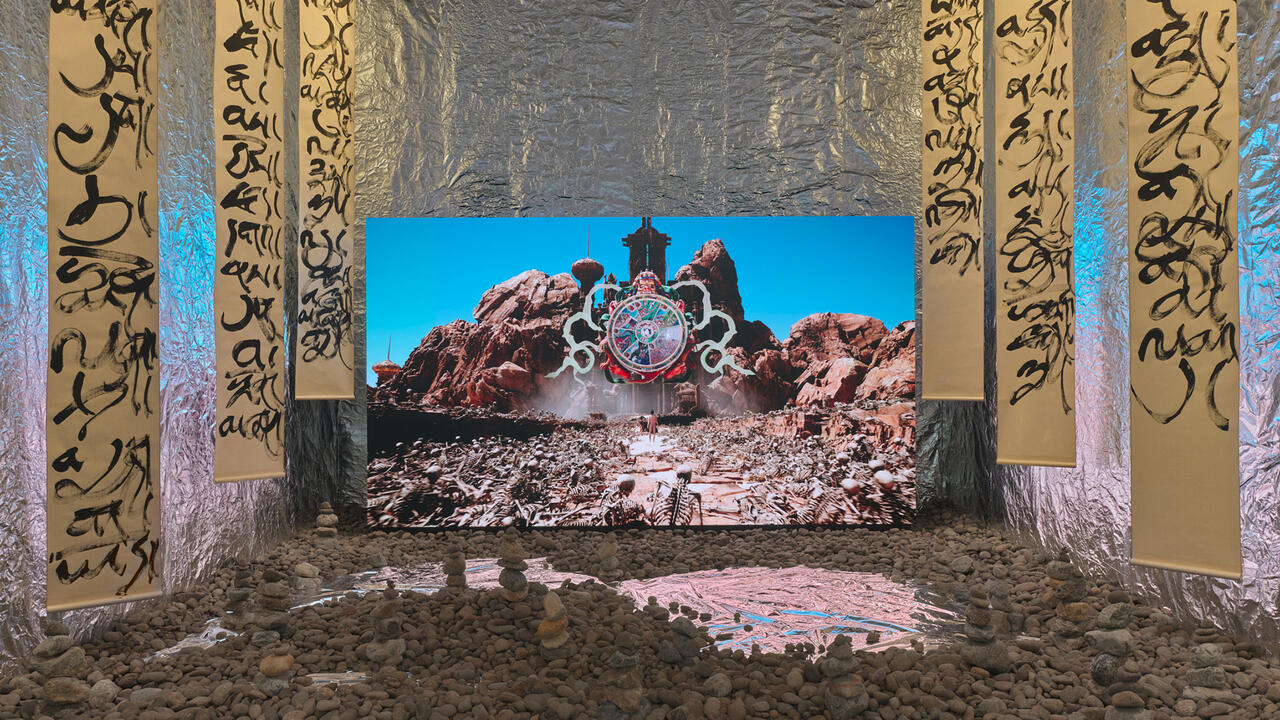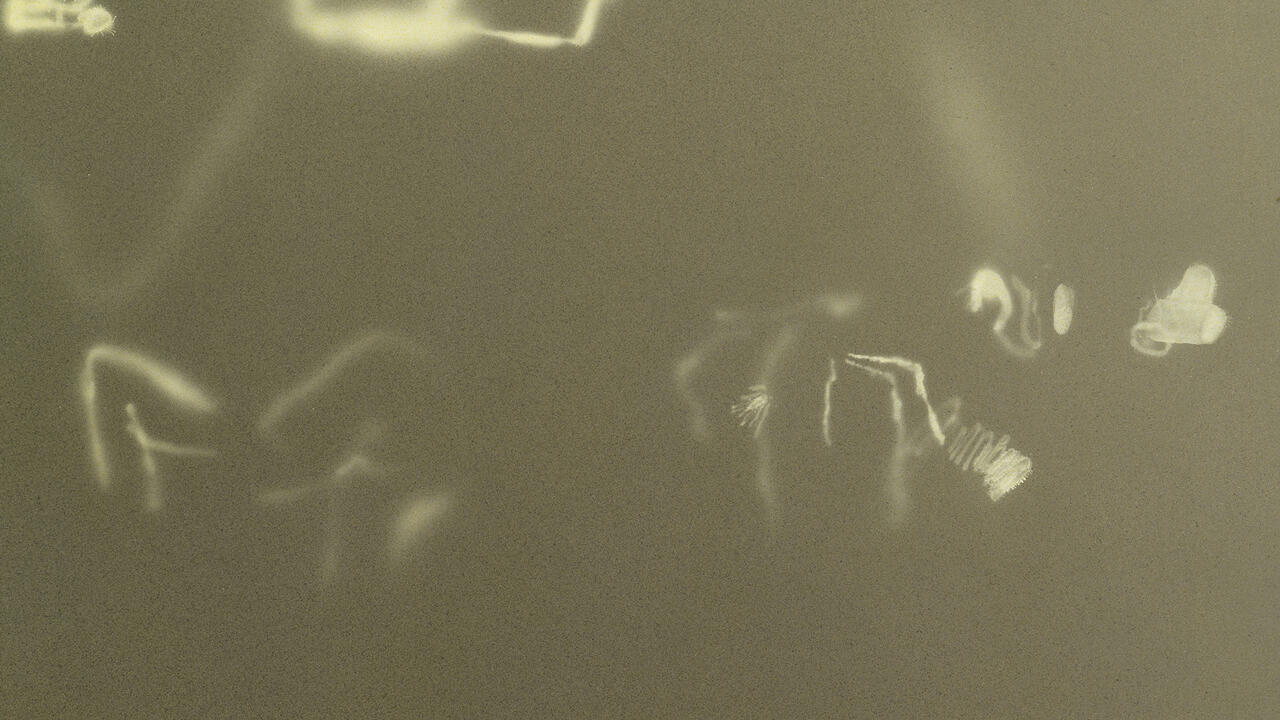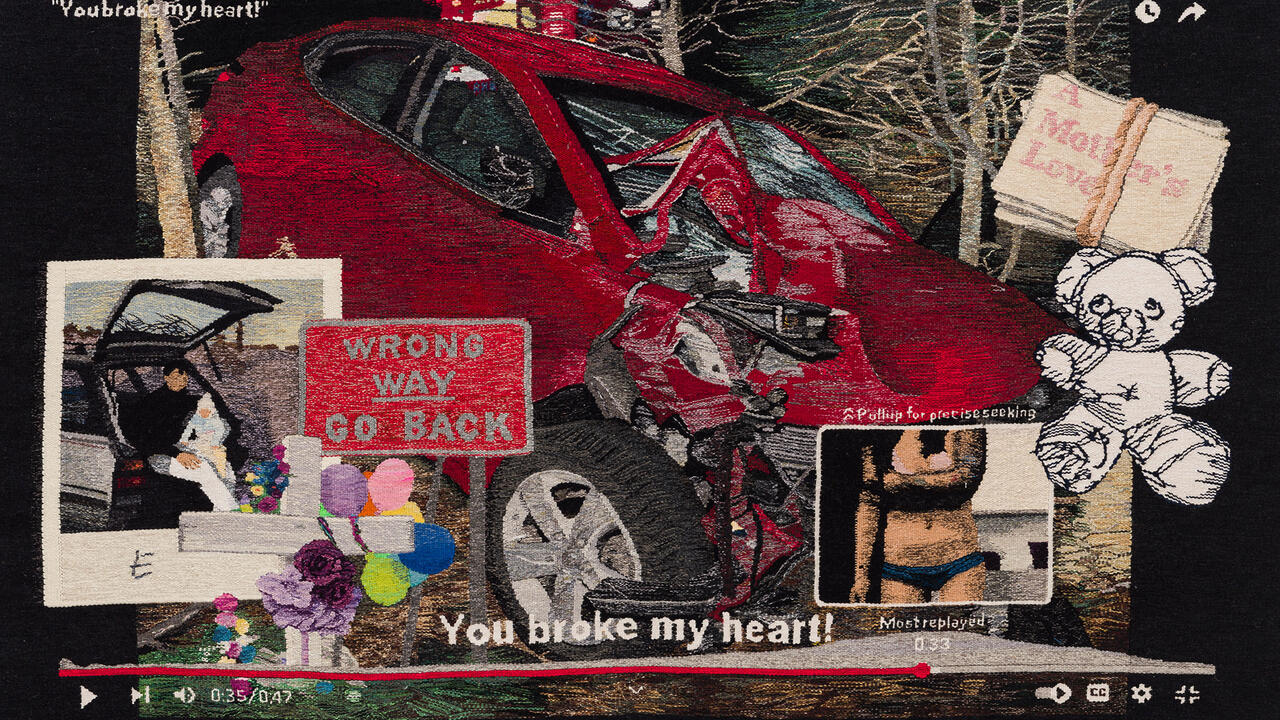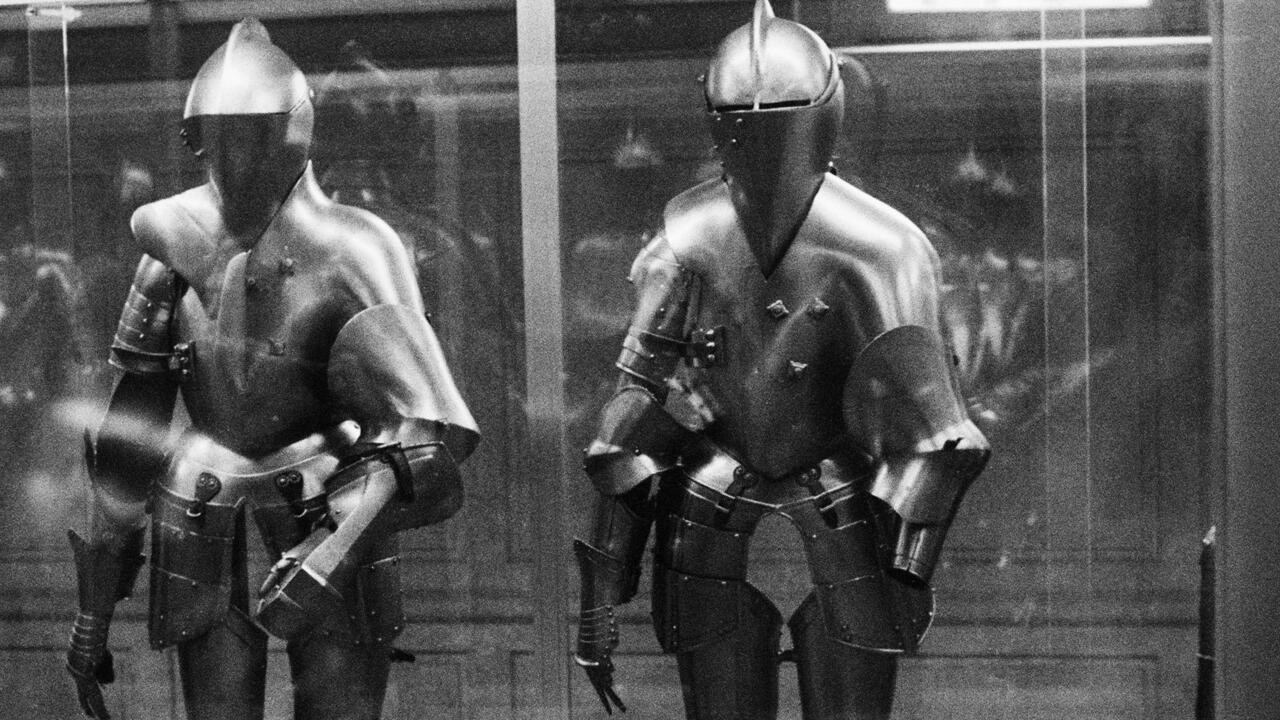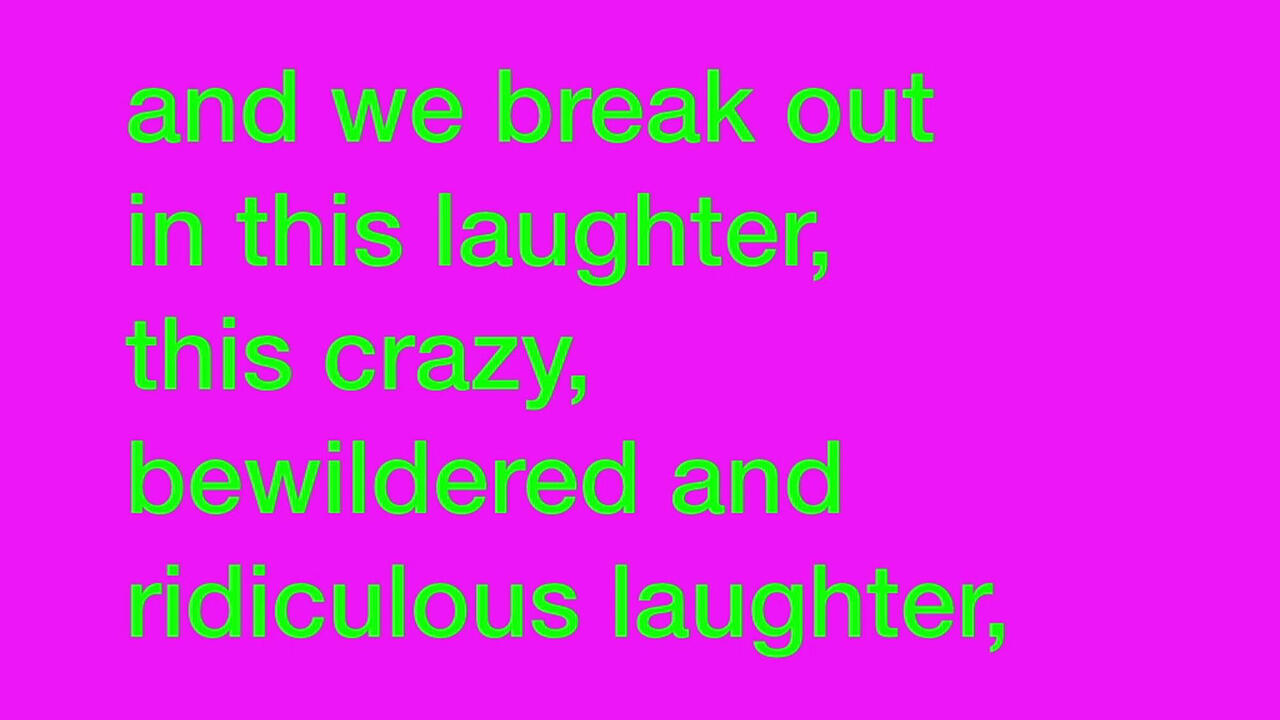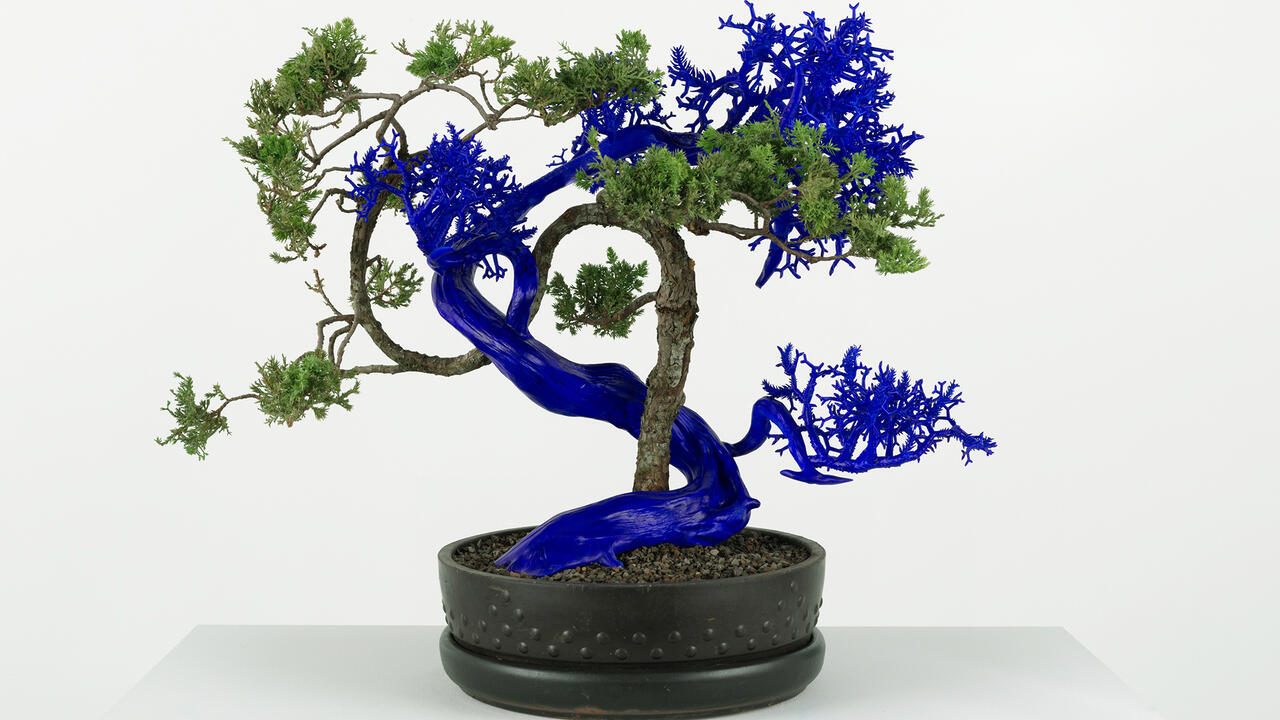Lots of Things Like This
apexart, New York, USA
apexart, New York, USA

It is now ten years since the first issue of Timothy McSweeney’s Quarterly Concern – better known as McSweeney’s – was published. Under the guiding influence of its founding editor, Dave Eggers, the magazine has become a bastion of literacy and wry humour, suggesting that in the age of the Playstation and XBox people also like to read, think and be clever. Eggers has since become an unstoppable force, spawning new magazines (The Believer, Wholphin), books (A Heartbreaking Work of Staggering Genius, 2000, You Shall Know Our Velocity!, 2002) and educational ventures (the community project 826 Valencia). Meanwhile McSweeney’s has become shorthand for a certain type of sensibility – curious, omnivorous, anxious, whimsical – that pervaded, and to some extent overpowered, the show that Eggers recently organized together with fellow McSweeney’s editor Jesse Nathan at the non-profit space apexart.
In the companion essay to the exhibition Eggers wrote with typical simplicity that he wanted to feature art that included three basic elements – an image, some words and a sense of humour. Narrative was sought – Raymond Pettibon was the show’s guiding light – and obliqueness shunned – there was no room for Ed Ruscha’s gnomic palindromes. The result was a show of word-centric art that was heavily influenced by comics and cartoons. Some pictures, such as Art Spiegelman’s dark Tomb of the Unknown Celebrity (2008), hit you immediately. Others took time for the captions and art to coalesce, such as Amy Jean Porter’s series of colourful animals, which were offset with abstruse, but not quite absurd, non sequiturs. In Pygmy Shrew (2003) a bright orange painting of said animal carries the subtitle ‘a lot can go wrong in large-scale physics experiments’.
Tucker Nichols’ spidery scrawls played games with geometrical preconceptions, making pie charts edible and allowing Venn diagrams to separate and collide in an unseemly fashion. Rediscovered (and reproduced) word pieces by Philip Guston (I Thought I Would Never Write Anything Down Again, undated) and Georges Braque (I Laugh Marvellously With You. That Is My Unique Good Fortune, undated) sat next to the manic Robert Crumb (People Make Me Nervous, undated) and rumpled, ‘famous blue raincoat’ Leonard Cohen self-caricatures (Inner Sweetness, 2007). Even Francisco Goya’s Se Quieren Mucho (They Love Each Other Very Much, 1824–8) turned up, showing itself more than willing to share in the air of comic incongruity, its caption referring to two grotesque devils embracing in mid-flight.
As befits Eggers’ quirky and childish (in the best possible sense of the word) preoccupations, the show was heavily stocked with David Shrigley-esque doodles and bright colour-by-number paintings. Nevertheless the humour felt circumscribed. The blame for this was not in the content – for the most part the art was non-political – but the jokes seemed divorced from laughter, the pictures’ funniness strangely devoid of joy. In fact, the effect was similar to that provided by the cartoons of The New Yorker, where there is a palpable sense that the artists have been told not to be too funny. This similarity is not all that surprising when one considers that some of the show’s artists – Spiegelman, Maira Kalman, Saul Steinberg – have all figured as major contributors to The New Yorker, but perhaps the real reason for this unifying sense of amusement, rather than hilarity, was the man who curated the show.
McSweeney’s has always been amusing but never laugh-out-loud hilarious. The very demeanour of the magazine seems to prevent this. A.O. Scott, in the New York Times, once described it as having ‘the unnerving ability to appear at once mocking and sincere’. When faced with the possibility of ridicule and embarrassment, laughing out loud can feel too darned risky. Yet despite the diverse range of artists present in the show this sensibility of funny-to-a-point seems to have seeped into all of them. Whether it was Jean-Michel Basquiat, Henry Darger, René Magritte or Goya, everything seemed to become vaguely Eggers-ish. In fact, the works on show appeared to have far more in common with him than they did with each other.
Jorge Luis Borges once argued that every author creates his own precursors – once an author is read, he for ever modifies our conception of the past. Such is the whirlpool of influence and imitation that Eggers has created in the last decade that all the works in Lots of Things Like This – no matter when they were created – seemed infused with a McSweeney’s sensibility. In its gathering together of a few favourite things, it was, you could say, the perfect example of the curator triumphing over the artist.










